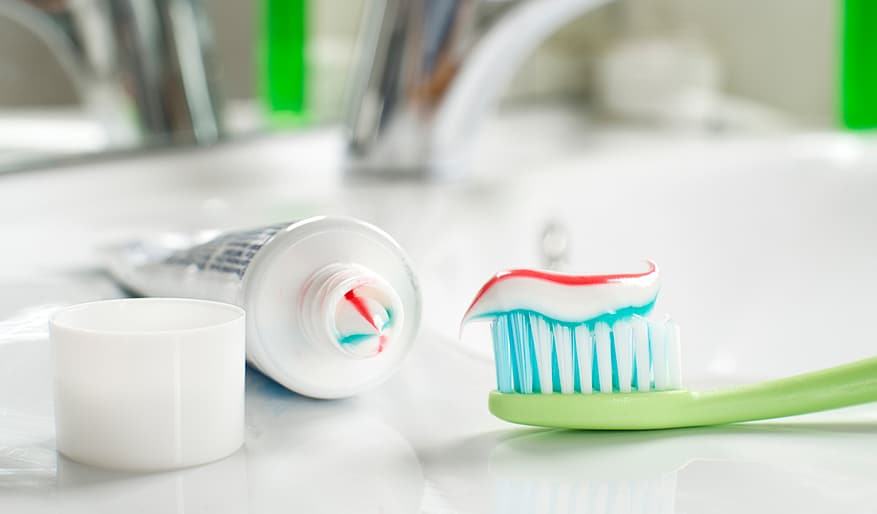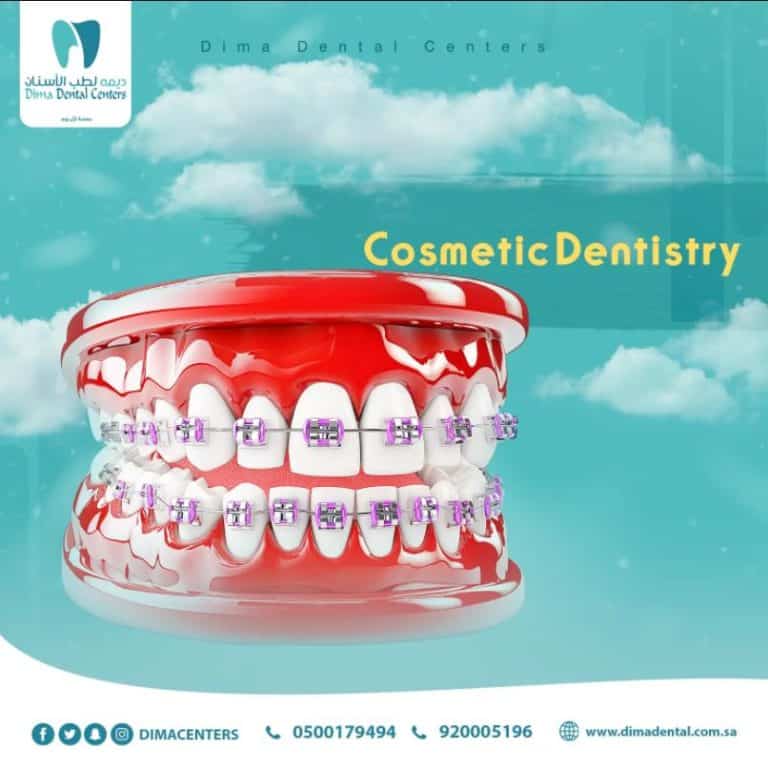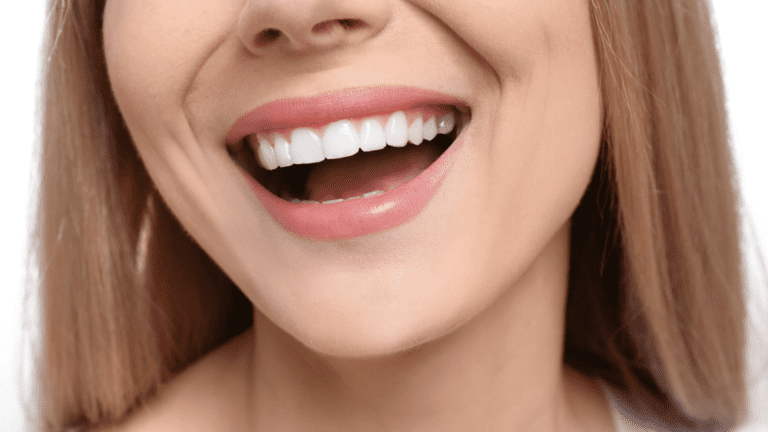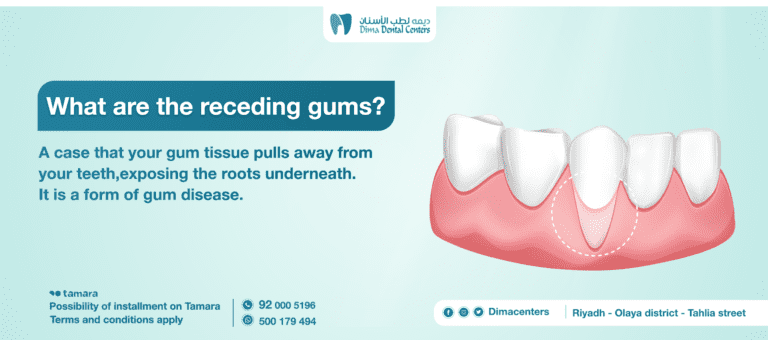Choosing the right toothpaste

It is not always easy to navigate the toothpaste section and decide to buy a toothpaste that specializes in whitening, anti-tartar, fluoride, gum care, or sensitive teeth. There are different types of toothpaste, and they are indispensable for good dental health. Toothpaste is one of the products we use daily. Which is not always easy to choose,
whitening toothpaste
- Whitening toothpastes are among the favorites of many, as they contain a cleaning agent that stains the teeth associated with food, such as coffee, tea or tobacco.
- These toothpastes are not considered whitening in the strict sense of the word, because they do not change the color of the teeth but give them more shine.
- The cleaning agents in this type of toothpaste can be abrasives such as silica and baking soda that remove stains, perlite with a polishing effect, or titanium dioxide which is a white pigment.
- These agents are present in larger quantities in bleaching formulas; however, their contents are regulated according to ISO 11609, in order to reduce their abrasive strength and make them usable on a daily basis.
Anti-tartar toothpaste
- This type of toothpaste has an effect on dental plaque, and is the source of tartar formation.
- Plaque deposits are deposits of food residues, saliva and bacteria, which over the course of the months turn into tartar.
- Once the scaling is fixed, only in-clinic descaling is really effective in removing it.
- Anti-tartar toothpaste helps break up the plaque layer and deposit a thin film on the tooth, reducing plaque deposition at the next meal.
- Toothpaste containing fluoride or anti-cavity
- Fluoride, a rare element naturally present in teeth, is an anti-cavity compound par excellence: it acts by direct contact by strengthening the mineral structure of tooth enamel.
- Almost all toothpastes contain more or less fluoride. Conventional toothpastes contain an average of 1,000 parts per million (ppm) while enriched toothpastes contain up to 1,500.
- In some people, especially those prone to cavities, daily use of a high-fluoride toothpaste can be effective.
Toothpaste for sensitive gums
- Bleeding and pain during dental cleaning, exposure to swelling or receding gums, and exposing the root of the tooth, as fragile gums can cause many symptoms and reach gingivitis or even periodontitis.
- Using a suitable toothpaste can help soothe sensitive tissues and thus soothe symptoms. These toothpastes for sensitive gums usually contain soothing and healing agents.
Toothpaste for sensitive teeth
While the gums can be sensitive, the teeth themselves can be too. Tooth hypersensitivity usually results in pain on contact with very cold or sweet foods, and is caused by a change in the tooth enamel, which no longer protects effectively the dentin, an area of from the teeth rich in nerve endings.
Therefore, the choice of toothpaste is important. First of all, it is advisable not to choose whitening toothpastes, which are highly abrasive, which may exacerbate the problem, and to choose a toothpaste for sensitive teeth that contains a compound that adheres to the dentin to protect it.
Choosing the right toothpaste
How do you guide your choice among the many products available to you?
- For many doctors, brush selection and brushing technique are more important, contrary to what the packaging and advertising want us to believe, the choice of toothpaste is not important for oral health.
- However, it may be interesting to choose certain products over others in specific clinical situations: gingivitis, allergies, periodontal disease or surgery.
Toothpaste suitable for children
- Be careful, the dose of fluoride varies according to the age of children, it is important not to offer adult toothpaste to young children.
- The dentist insists that very high doses of fluoride in children under 6 years old can cause fluorosis, which appears as brown or white spots on the enamel of the teeth.
- Once toddlers’ teeth begin to come out, they can be brushed with a small, slightly dampened toothbrush. Toothpaste should only be used when the child knows how to spit it out.
Amounts of fluoride according to the age of the child
- From the age of two, toothpaste should provide between 250 and 600 parts per million of fluoride.
- From three years: between 500 and 1000 ppm.
- From 6 years of age only, children can use the same toothpaste as adults, ie between 1,000 and 1,500 ppm of fluoride.
- To give children the urge to brush their teeth and accustom them to this daily gesture of dental hygiene, children’s toothpastes often contain gourmet scents and a liquid consistency, the goal being to make preventing cavities fun.
Toothpaste for brittle gums?
- Do your gums bleed or hurt when brushing your teeth? Therefore, your gums are sensitive and fragile, and may be related to dental plaque buildup.
- Use a toothpaste that contains an anti-plaque agent to fight plaque buildup.
- Some toothpastes also contain soothing and energizing active ingredients to contribute to healthy gums.
Finally, whitening toothpaste is slightly abrasive, so it can be used daily provided you choose a toothbrush with soft bristles and gentle movements, while people with sensitive teeth should avoid it.







